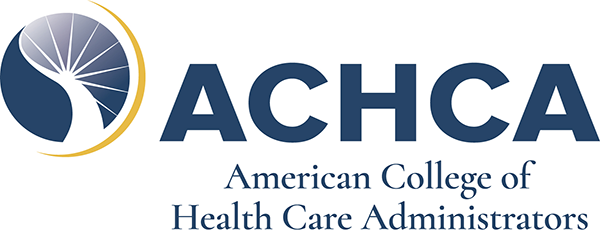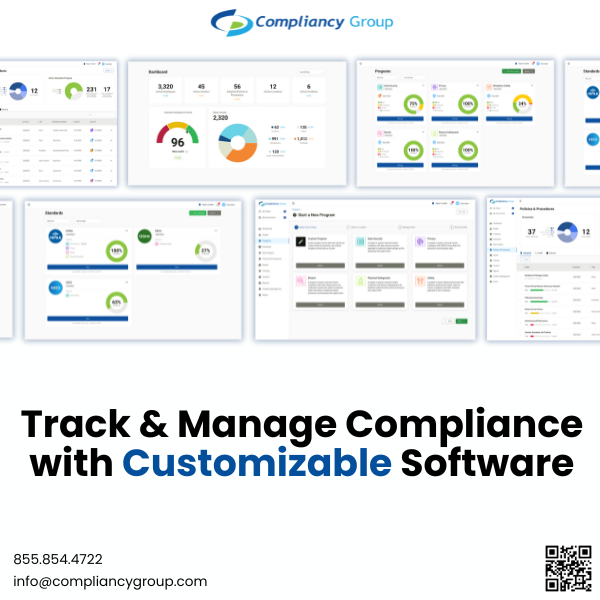Your Data is Key: Why Analyzing Facility QRP Practices is Essential
Do you know how your community views you? Beginning in October 2020, certain Quality Reporting Programs (QRP) measures are being publicly reported on Medicare’s Nursing Home Compare site. How do you compare to your competitors in these QRP measures? Continual review, analysis and adjustment of your practices is the key to depicting the stellar services you provide.
Newly publicized QRP measures include:
- Percentage of residents with pressure ulcers/pressure injuries that are new or worsened
- Percentage of residents whose medications were reviewed and who received follow-up care when medication issues were identified
- Percentage of residents who are at or above an expected ability to care for themselves at discharge
- Percentage of residents who are at or above an expected ability to move around at discharge
- Change in residents’ ability to care for themselves
- Change in residents’ ability to move around
One particular opportunity providers should examine is the correlation between changes in resident functional abilities and changes in quality reporting.
Self-assessment can begin at admission.
Consider the type of resident you are admitting into your facility, and what outcomes you expect from their stay. The same PDPM characteristics that establish your SNF QRP Quality Measures, also create the functional ability data reported at the beginning and end of a short-term stay.
Characteristics to Recognize
- Motivation - Desire to improve function
- Overall health status and any barriers to therapy participation
- Resident’s goals vs. facility goals
- Function in community prior to current illness
- Community support
A strong process to review Functional Abilities and Outcomes will yield immediate opportunities for improvement.
Examining residents that did not have positive outcomes at the time of discharge to the community, or their Medicare benefit expired, will help to identify a root cause for what may or may not have happened. To identify negative outcomes impacting these function quality measures, the Therapy Discharge Summary noting functional status at the end of the stay and the nursing documentation of functional status during the last three days of the resident stay must be reviewed and compared to the Admission Performance in the 5 day MDS. Identify areas that remained the same and those areas that worsened to and discuss possible causes. Once cause is established, you are able to implement processes to see improved quality reporting in the future.
Causes to Consider
- Are the same outcomes continually surfacing from the same unit?
- Are there communication gaps between departments and/or staff?
- Are anticipated results lacking in certain categories of mobility, or self-care functional abilities?
- What therapy disciplines were involved?
- Is more staff education or oversight needed?
- Is rehab program improvement required?
Consider the impact of COVID-19 too.
Facility efforts may be surrounding infection prevention, and naturally residents may have less movement throughout their day due to the restrictions COVID-19 has placed on SNFs and therapy programs.
Options for Pivoting in a Pandemic
Telehealth is a viable option for providers during the pandemic. Both physicians and registered therapists are allowed to use this service. The addition of providing rehab services remotely, is showing positive outcomes in early studies. LTC facilities now have an option to provide evaluations and treatments with an offsite therapist directing the session.
Celtic Consulting (www.celticconsulting.org) is committed to the Long-Term Care Industry. Founded in Connecticut, it serves hundreds of clients as subject matter experts across the country, and sought by several National, Regional and State Professional Associations for thought leadership. At its core, Celtic provides Reimbursement and Regulatory advisory services, Clinical Performance and Enhancement services, PDPM/PPS/MDS/CMI Service, Medical Billing Division, Payroll-Based Journal (PBJ) Reporting guidance, 5-Star Improvement Programs (QAPI), Independent Review Organization (IRO) Audits, Clinical Care Management, Revenue Integrity Audits, Compliance Solutions including Medicare Compliance Auditing, and Litigation Support.
Celtic recently released PDPM Prodigy, a PDPM calculator designed by industry experts to streamline PDPM strategies and trends. More information is available at www.pdpmprodigy.com.



